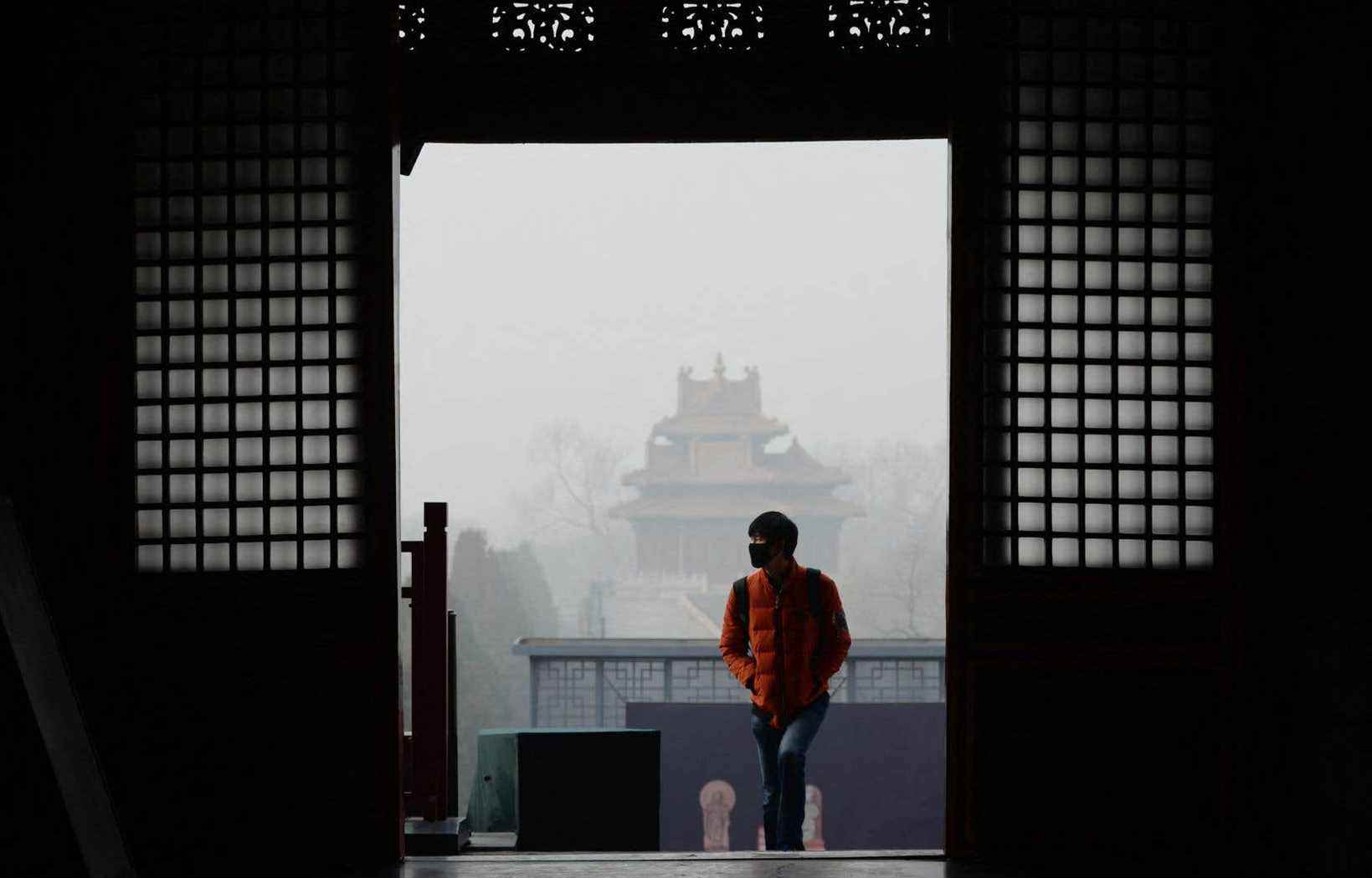Three days before the opening of COP26, China, the world’s largest emitter of greenhouse gases (GHG), officially submitted new climate commitments on Thursday, which were received coldly by climate advocates.
Beijing’s new ‘national contribution’ (NDC) was eagerly awaited, with some observers hoping it could boost ambitions for this crucial climate summit, as the devastating effects of climate change mount. no longer feel: mega-heat, heat waves, floods …
It unsurprisingly takes up the main commitments already formulated by Chinese President Xi Jinping: to reach peak emissions “before 2030” and carbon neutrality “before 2060”. These new commitments published by the United Nations Framework Convention on Climate Change (UNFCCC) also provide for a reduction in carbon intensity (CO emissions).2 relative to GDP) by more than 65% compared to 2005.
The previous Chinese NDC committed to a reduction in carbon intensity of between 60 and 65% by 2030 and to reach the peak of emissions “around 2030”.
In its contribution, Beijing, responsible for more than a quarter of global emissions, recalls that developed countries must “assume their historic responsibilities and continue to resolutely take the lead in reducing emissions”.
China is also committed to increasing the share of non-fossil fuels in its consumption to 25%, against 20% in its previous NDC, in particular with the increase of “its installed capacity of solar and wind energy to 1.2 billion kilowatts by 2030 ”, and to increase its forest“ stock ”by 6 billion cubic meters compared to 2005.
Lack of ambition
According to the Paris Agreement, signed in 2015 and which shows the ambition to contain global warming well below 2 ° C and if possible 1.5 ° C compared to the pre-industrial era, the signatory countries must submit all every five years an upward revised NDC.
But for many observers, Beijing’s contribution is not ambitious enough. The UN said Monday that the climate commitments made in recent weeks are still leading the world to a “catastrophic” warming of + 2.7 ° C.
For Li Shuo of Greenpeace China, “it casts a shadow over the global climate effort. […] The country seems reluctant to embrace stronger short-term goals and has missed the opportunity to show ambition. The world cannot afford this to be the last word ”.
For Lauri Myllyvirta of the Energy and Clean Air Research Center, China is setting President Xi’s commitments in stone, but “does not shed light on the trajectory of the coming decade in terms of emissions.”
Helen Mountford, vice president of the World Resources Institute, sees it as a “modest improvement”, saying that “if the world is to have a chance to tackle the climate crisis, China, like other major emitters, must move from the policy of small steps to giant leaps ”.
The boss of the CNUCCC, PatriciaEspinosa, during an online press briefing Thursday evening, declined to comment on the new Chinese NDC, indicating that she had not had time to study it in detail. She said, however, that it had been “clear for some time” that China intended “to translate President Xi’s political announcements into its NDC.”
If the world is to have a chance to tackle the climate crisis, China, like other major emitters, must move from the politics of small steps to giant leaps.
She considered that it was now necessary to work to achieve its objective of carbon neutrality “as quickly as possible”. And say to China, “like other countries, ‘This is all fine, but how exactly are you going to do it?’ States must also be encouraged to “constantly revise their NDCs” upwards, she adds.
For its part, Australia, the world’s largest exporter of coal, whose Conservative Prime Minister Scott Morrison regularly affirms its support for the mining and gas industry, also filed a new NDC on Thursday. As Mr Morrison announced earlier this week, the main addition is a net zero emissions target for 2050. But the text does not provide any specific details on how to achieve it.
